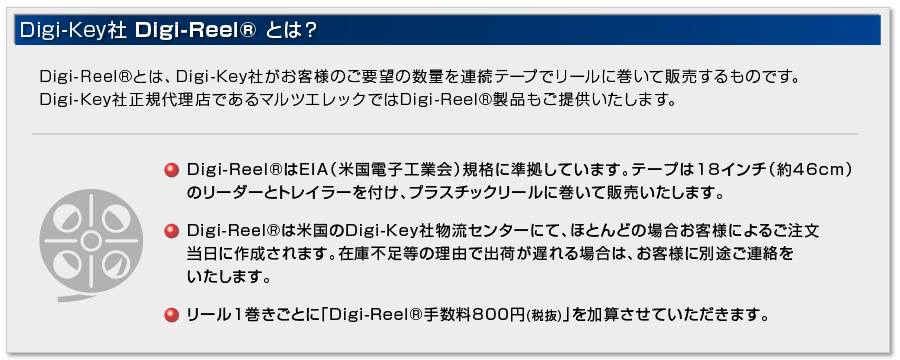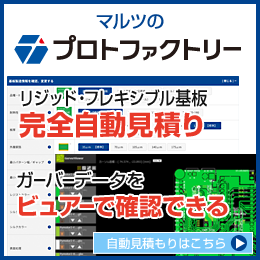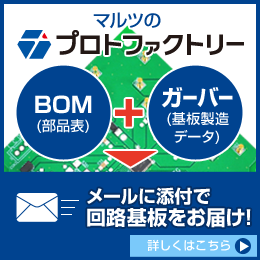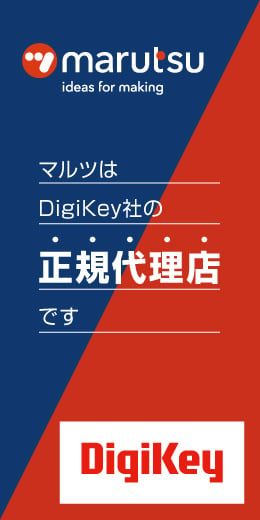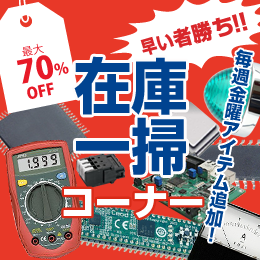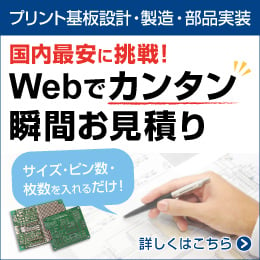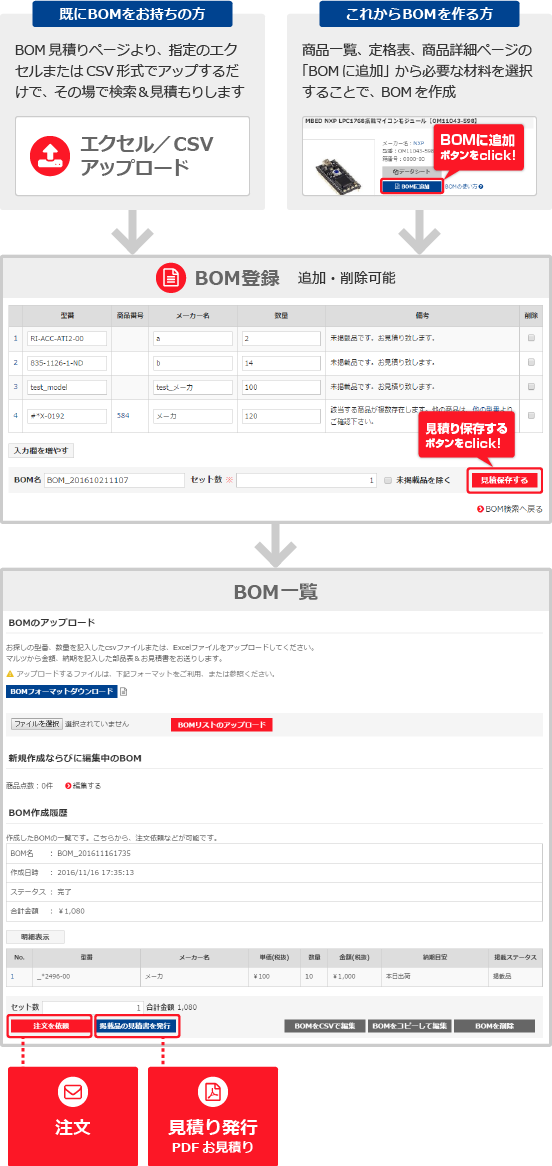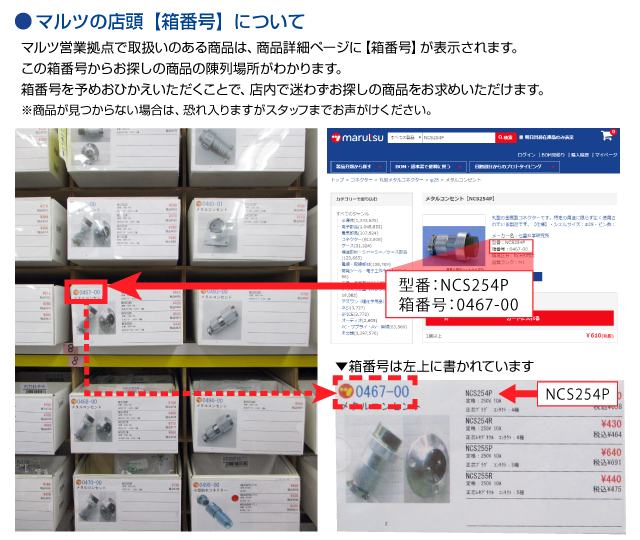エッジ コンピューティングの登場です。これまでの「IoT」、「LoRa」、「クラウド」などのテクノロジーの流行語の長い系譜に加わったこの最新の技術については、おそらく聞いたことがあるでしょう。しかし、「エッジ」とは何であり、なぜ重要なのでしょうか。クラウドは驚くほど強力ですが、常時接続には電力と接続性が必要であり、これらが利用できない場合もあります。エッジ コンピューティングは、誰かが「はい」と言ったかどうかを判断し、それに応じて応答するなどの個別のタスクを処理します。音声分析は、Web ではなくエッジで行われます。これにより、コストと複雑さが大幅に削減され、データ プライバシーの漏洩の可能性が制限されます。
Google および Ambiq と共同で開発された SparkFun のエッジ開発ボードは、最新のエッジ テクノロジーをベースにしており、他社の遠隔サービスに頼ることなく、音声認識やジェスチャー認識を試すのに最適です。本当に特別な機能は、Ambiq Micro の最新の Apollo3 Blue マイクロコントローラを使用していることです。このマイクロコントローラの超効率的な ARM Cortex-M4F 48MHz (96MHz バースト モード付き) プロセッサは、わずか 6uA/MHz で TensorFlow Lite を実行できる仕様になっています。SparkFun Edge ボードの現在の測定電流は 3V および 48MHz で約 1.6mA で、CR2032 コイン型電池だけで最大 10 日間動作します。Apollo3 Blue は、6 つの設定可能な I2C/SPI マスター、2 つの UART、1 つの I2C/SPI スレーブ、15 チャネル 14 ビット ADC、BLE5 をサポートする専用の Bluetooth プロセッサなど、最新のマイクロコントローラに期待される最先端の機能をすべて備えています。それに加えて、Apollo3 Blue には 1MB のフラッシュと 384KB の SRAM メモリがあり、ほとんどのアプリケーションに十分な容量です。
Edge では、センサー、Bluetooth、I2C 拡張、GPIO 入力/出力にアクセスできます。音声認識などのエッジ コンピューティング ケースをサポートするために、Edge ボードには 2 つの MEMS マイク、独自の I2C バス上の ST LIS2DH12 3 軸加速度計、OV7670 カメラ (別売、近日中に機能追加予定) とインターフェイスするためのコネクタが搭載されています。TensorFlow がアルゴリズムを更新するにつれて、SparkFun Edge で利用できる機能がますます増えていきます。オンボードの Bluetooth アンテナにより、Edge はすぐに接続できます。また、ボードには I2C センサー/デバイス、4 つの LED、4 つの GPIO ピンを追加するための Qwiic コネクタもあります。ボードの低電力機能を強化するため、CR2032 コイン型電池ホルダーからのバッテリー駆動を装備しました。ボードのプログラミングは、シリアル ブートローダーを介して Serial Basic Breakout などの外部 USB シリアル アダプターで行いますが、より上級のユーザー向けに JTAG プログラミングおよびデバッガー ポートも用意しました。
この新しいテクノロジーを勇敢に探求するなら、高度な概念を使用する必要がありますが、心配はいりません。 Ambiq Micro のソフトウェア開発キットと SDK セットアップ ガイドを使用すると、ハードウェアの操作を開始するための豊富な例にアクセスできます。
今すぐ最新の機械学習テクノロジーを駆使して、素晴らしいものを作りましょう。
注: HM01B0 Himax カメラは SparkFun Edge に含まれていないため、別途購入する必要があります。
SparkFun Edge 開発ボード ガイドの使用を開始する
●機能
マイクロコントローラ
・ダイレクト メモリ アクセスを備えた 32 ビット ARM Cortex-M4F プロセッサ
・48MHz CPU クロック、TurboSPOT(TM) で 96MHz
・非常に低い消費電力: 6uA/MHz
・1MB フラッシュ
・384KB SRAM
・BLE を備えた専用 Bluetooth プロセッサ5
オンボード
・ST LIS2DH12 3軸加速度計
・オペアンプ付きMEMSマイク2個
・Himax HM01B0カメラコネクタ
・Qwiicコネクタ
・GPIO接続 x 4
・ユーザーLED x 4
・ユーザーボタン x 1
・プログラミング用FTDIスタイルシリアルヘッダー
・Bluetoothアンテナ
・バッテリー駆動用CR2032コイン型電池ホルダー
機能
・処理と消費電流の比率が高いため、中央コンピューターやWeb接続を必要とせずに、ネットワークの「エッジ」で機械学習アプリケーションを実行できます。
・TensorFlow Liteで音声、ジェスチャー、画像認識が可能です。 (注:音声サンプルが提供されています。ジェスチャーと画像のサンプルは、TensorFlow によって近日中にリリースされる予定です)
全般
・1.8V - 3.6V の電源電圧範囲
・小型 1.6 インチ x 1.6 インチ x 0.35 インチ(40.6mm x 40.6mm x 8.9mm)フォームファクタ








